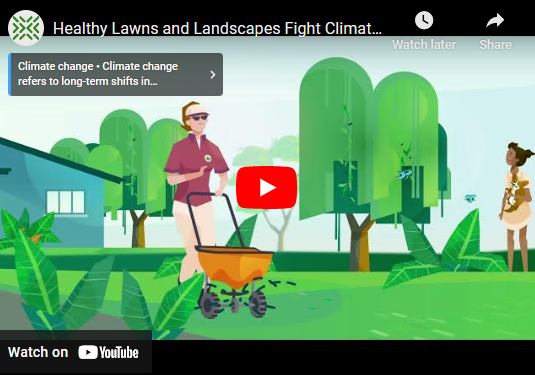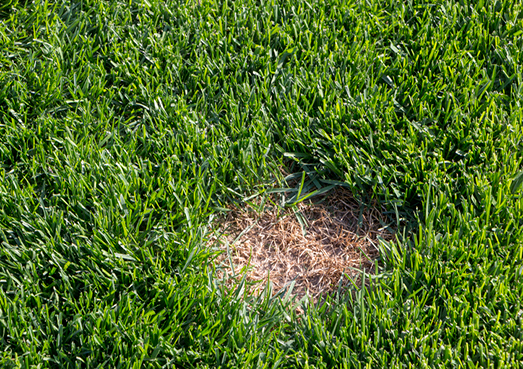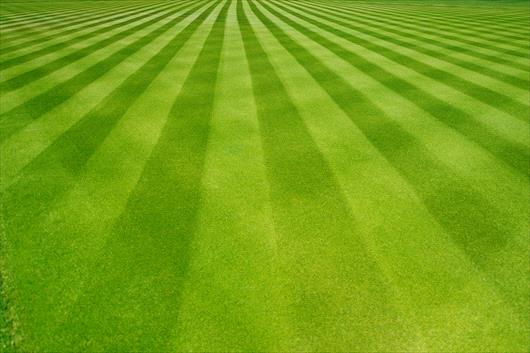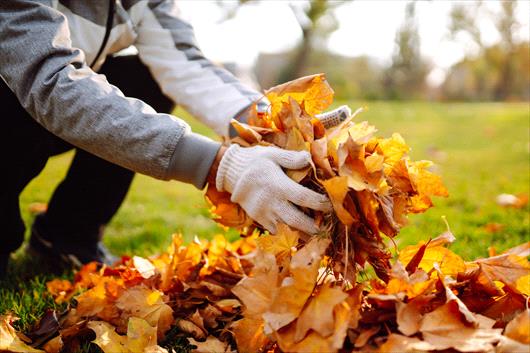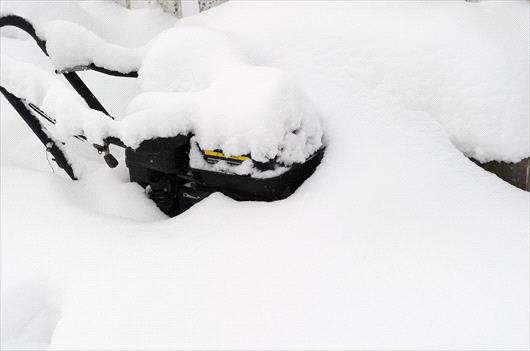Your Cart

What’s the Deal with Clover Lawns?
Mar 15, 2024
Here’s How This Trendy Ground Cover Compares to a Traditional Turfgrass Lawn
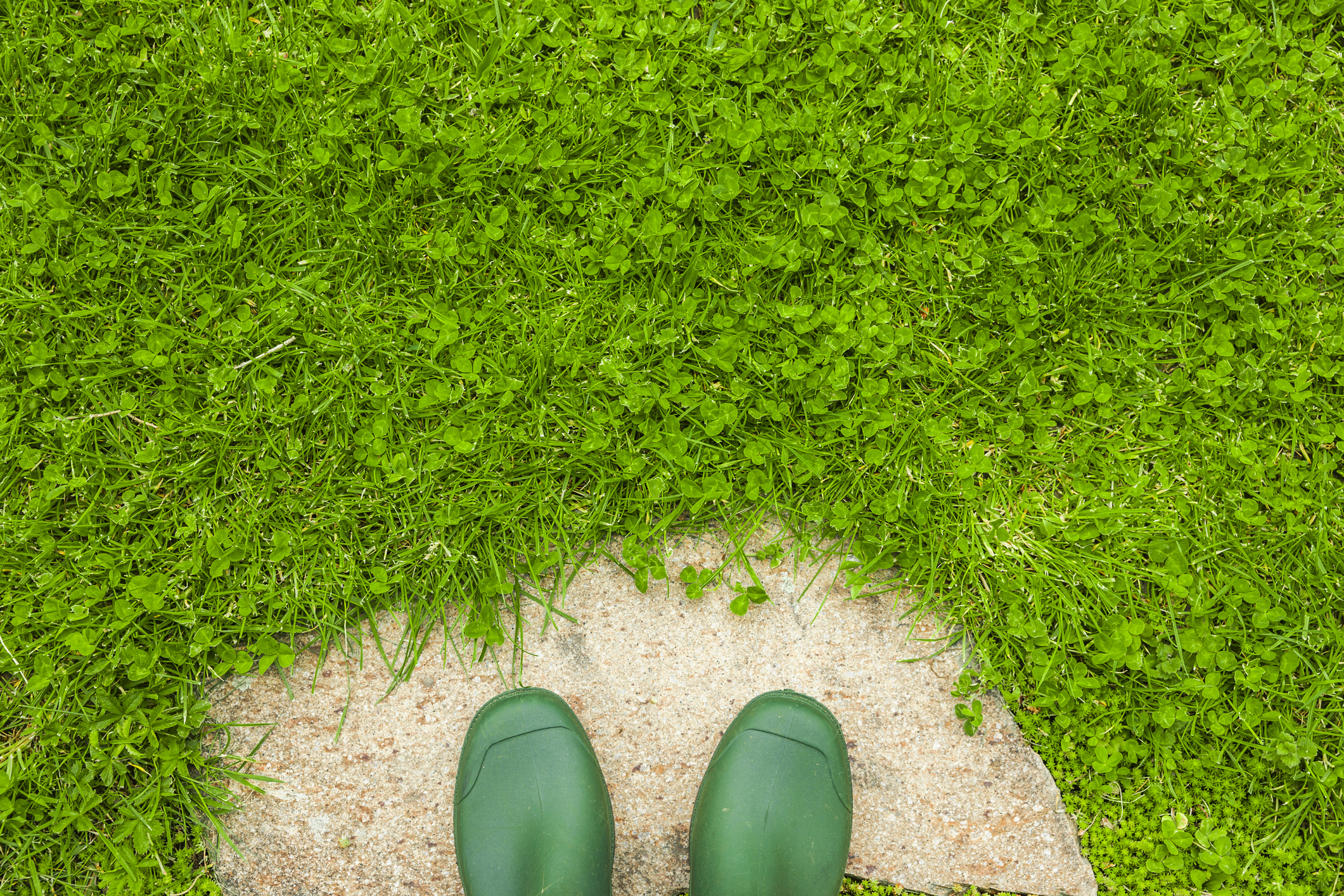
A 4-leaf clover may bring good luck, but how about a yard composed entirely of clover? Interestingly, this shallow-rooted plant (which has traditionally been considered a weed) has recently been trending online as a low-maintenance, sustainable alternative to traditional turfgrass lawns.
When determining the best ground cover for your yard, the most important question to ask yourself is how the area will be used. There are certainly situations where alternative ground covers, including clover, pachysandra, and moss, may be ideal substitutes for turfgrass – specifically in areas of a property that are difficult to mow or too shaded to grow healthy turfgrass.
However, on the whole, a traditional turfgrass lawn will be the best fit for the lifestyles of most homeowners. And, yes, it’s environmentally friendly!
Comparing Turfgrass and Clover Lawns
Thick, healthy turfgrass is hands-down the best ground cover option for a yard, 365 days a year. Even during extreme winter conditions, when a turfgrass lawn might be dormant, the tight-knit vegetative mass is actually stabilizing the surface of the soil. This stabilization is essential to preventing soil erosion and causing stormwater runoff.
Clover lawns, on the other hand, also go dormant during extreme winter conditions, but they lack the tight-knit vegetative mass required to stabilize the soil. This is important because, without that soil stability, your soil will erode, losing valuable nutrients, water, and fertility, which lessens the quality of your soil over time.
Clover lawns will also provide safe haven and shelter to unwanted and disease-carrying pests, like ticks, snakes, and rodents, making your property less usable for playful kids and pets.
The Environmental Benefits of Turfgrass
Healthy turfgrass lawns also result in some little-known environmental benefits (with a big impact). Research from The Lawn Institute suggests the following environmental benefits of lawns:
Lawns Produce Oxygen: One 5,000-square-foot grass lawn can produce enough oxygen daily to support 14 to 34 people.
Lawns Reduce Carbon Dioxide: Lawns are responsible for 81-90% of the carbon captured in a suburban yard through a process called carbon sequestration.
Lawns Reduce Flooding: Natural grass has also been shown to reduce runoff and soil erosion from 6-18 times greater than bare soil.
Lawns Help Keep Environments Cool: Lawns can be up to 60 degrees cooler than surrounding pavement.
Lawns Filter Stormwater: By reducing runoff, lawns protect water sources from unhealthy pollutants that could be carried by stormwater.
At Weed Man, we want to help you nourish your lush, healthy turfgrass lawn. Find a Weed Man near you and get a free quote today!
 English (USA)
English (USA) Français (CANADA)
Français (CANADA)
